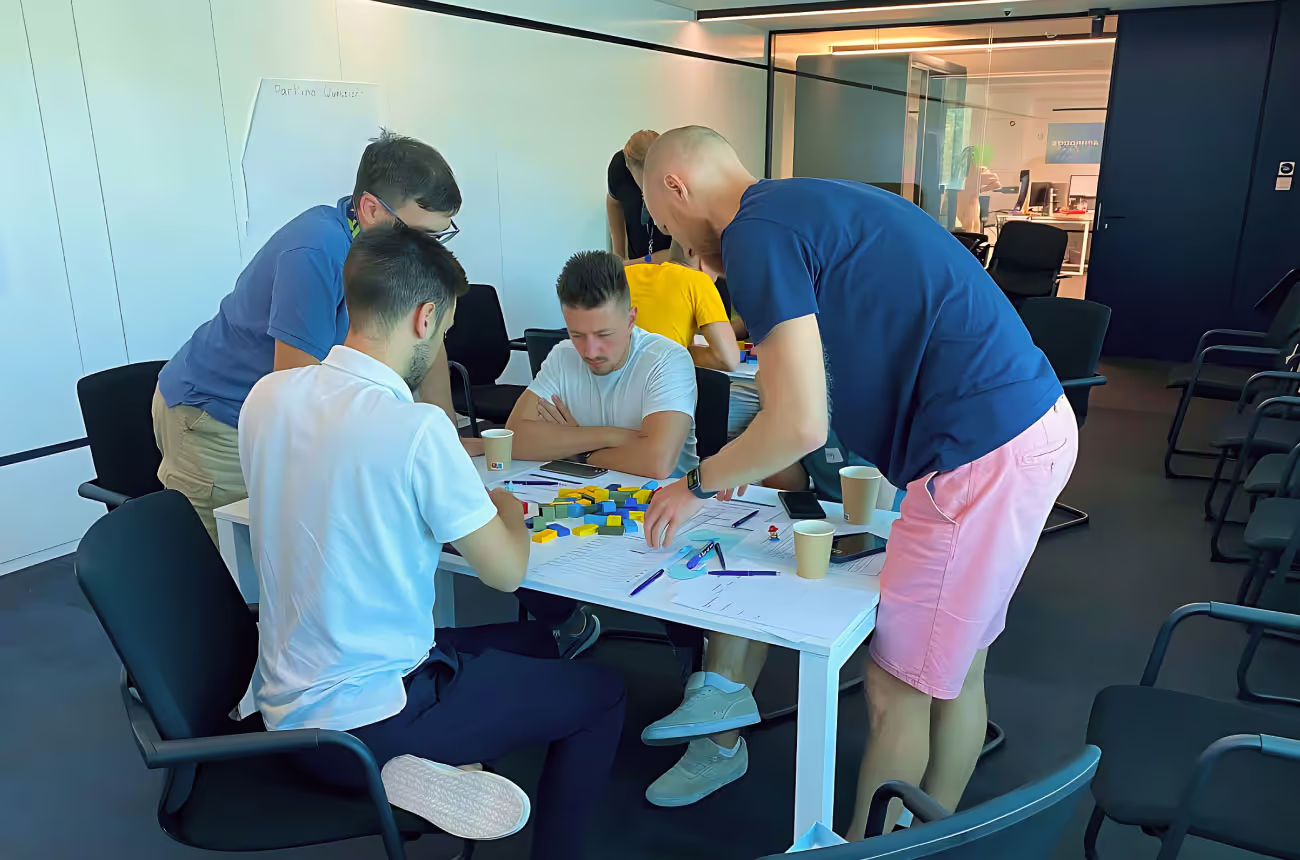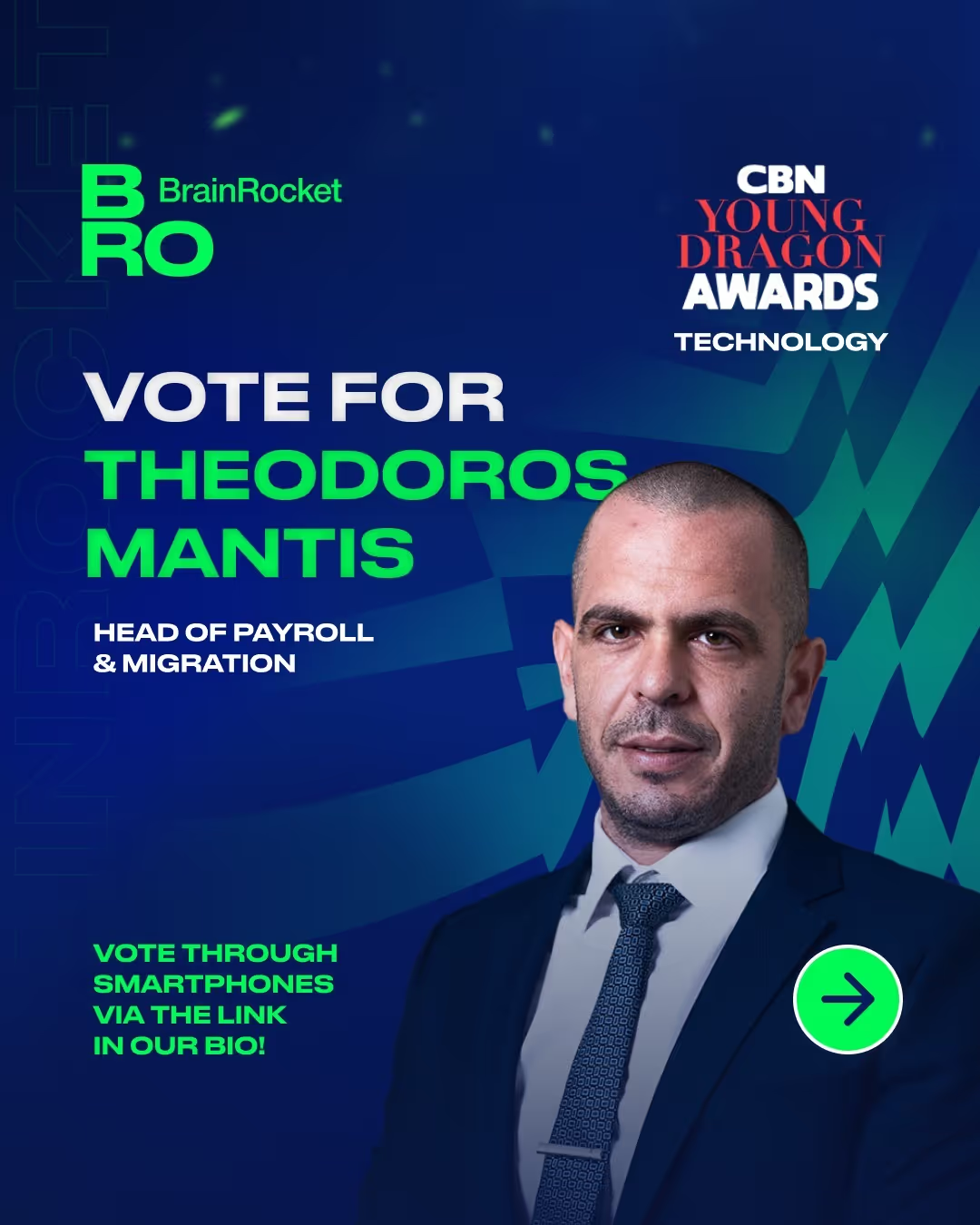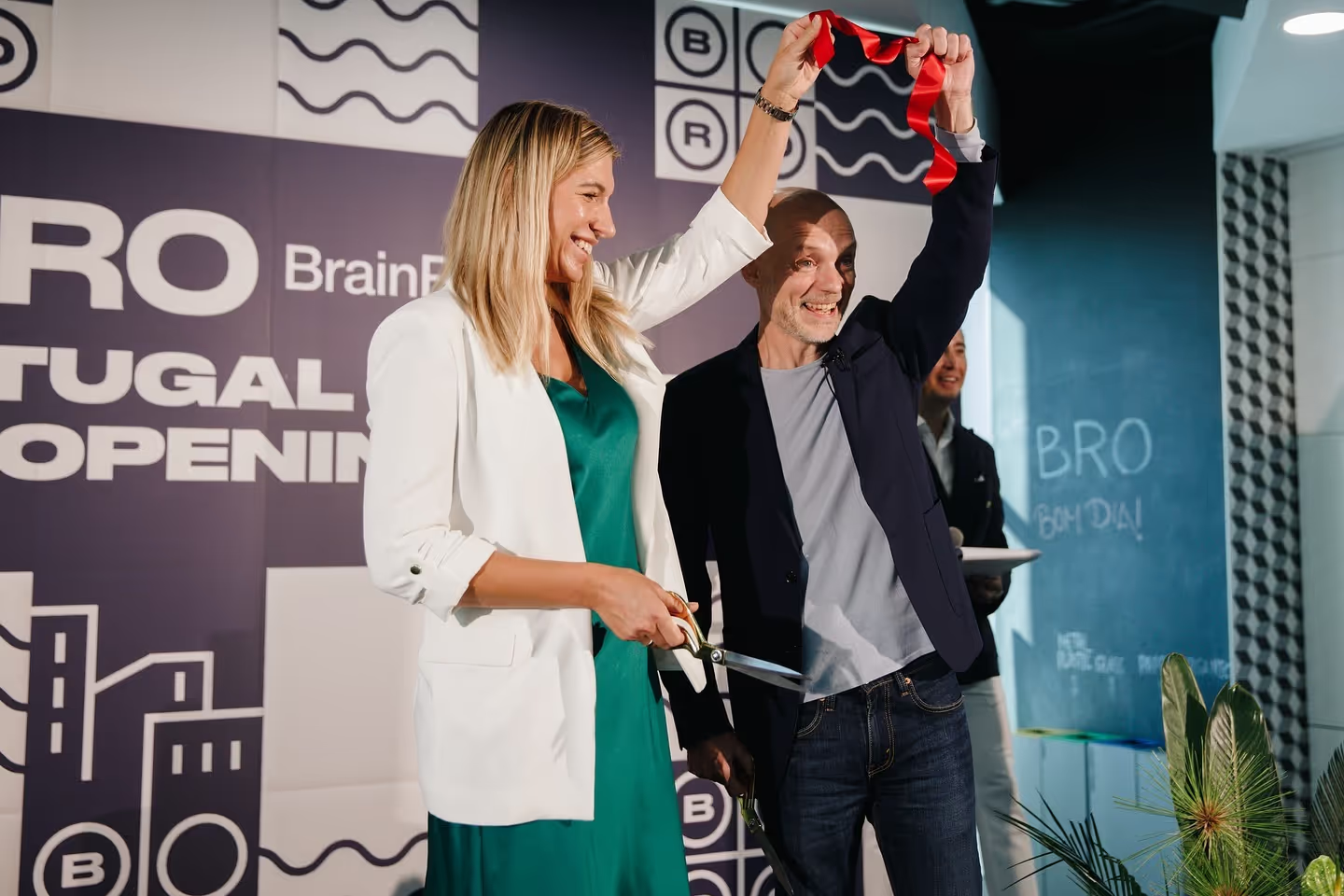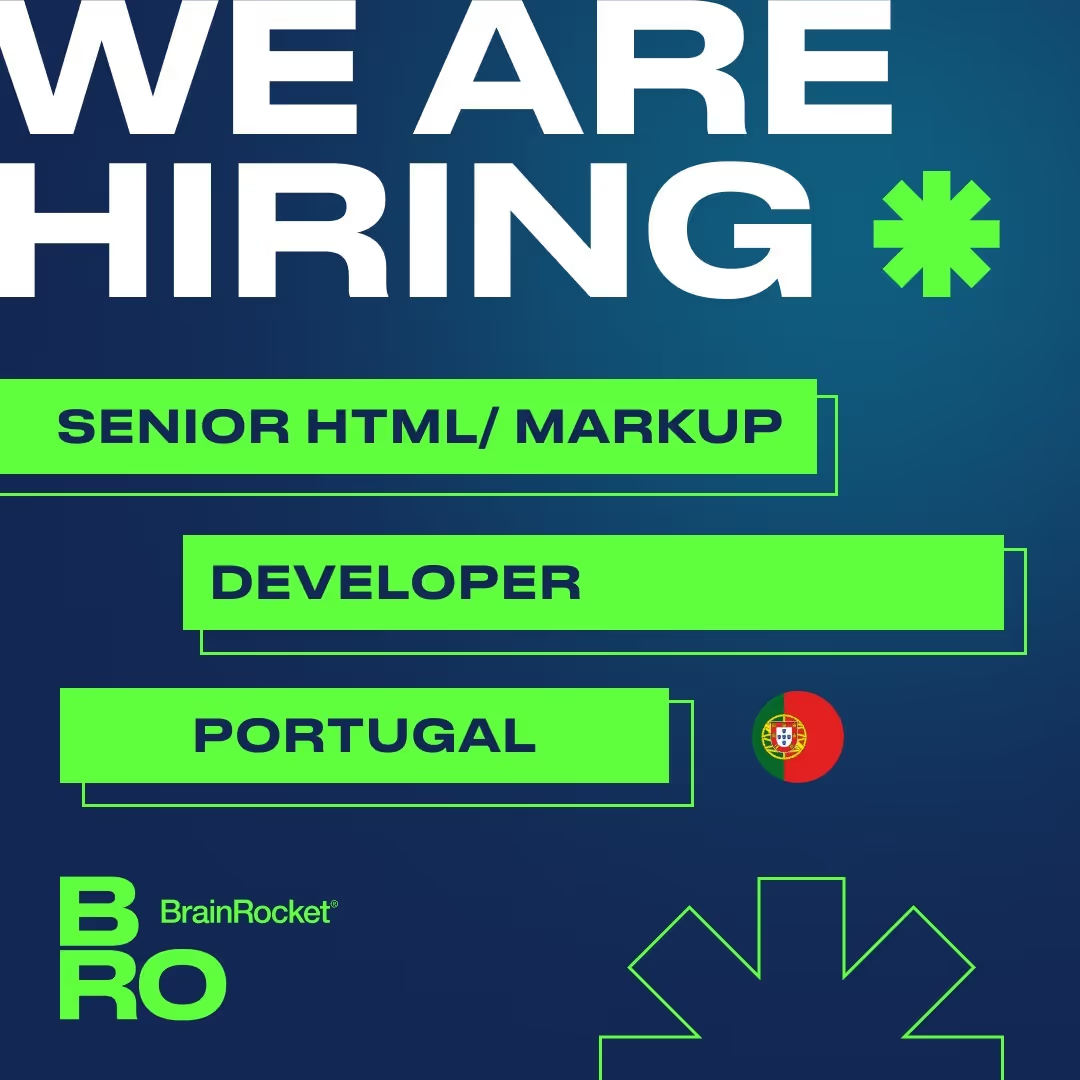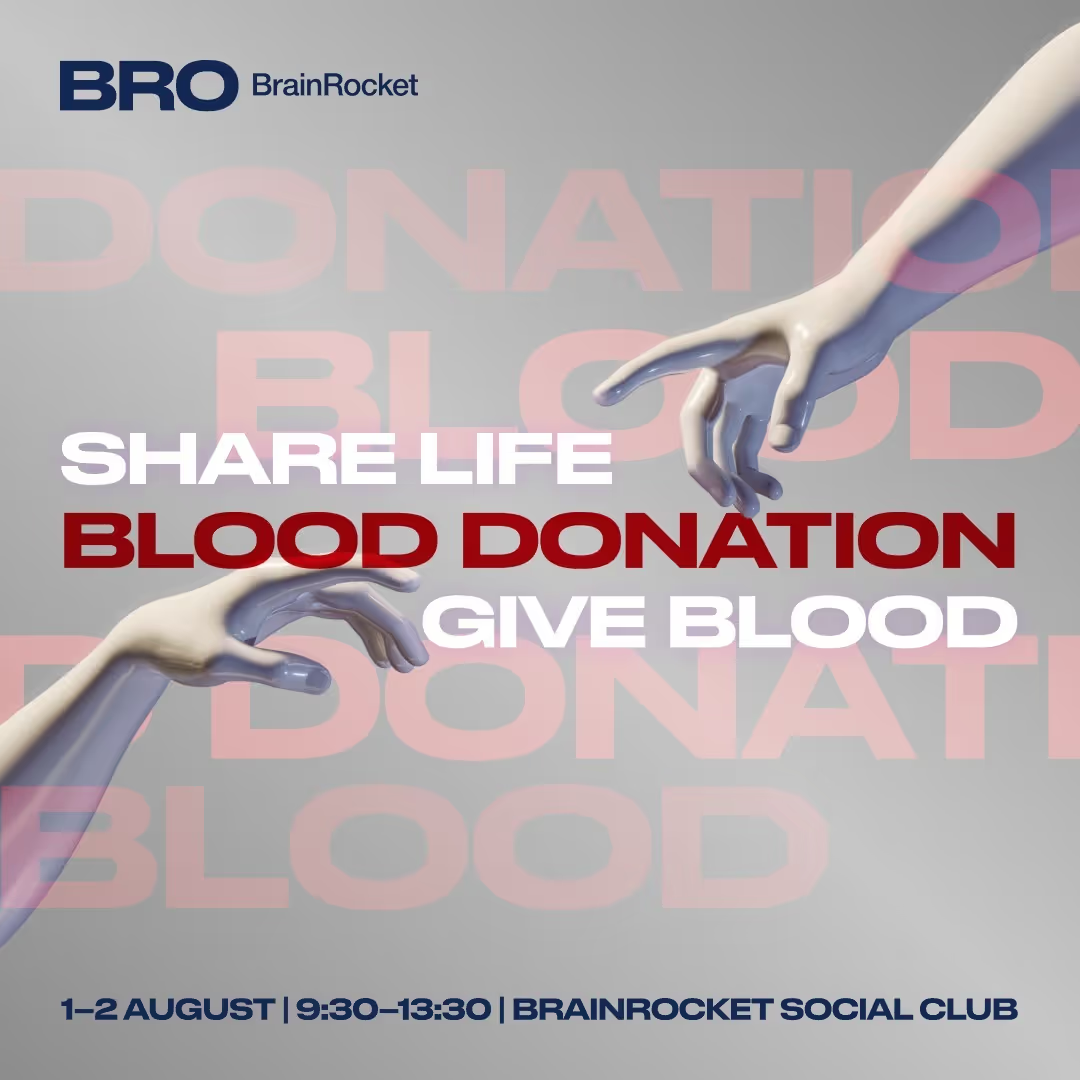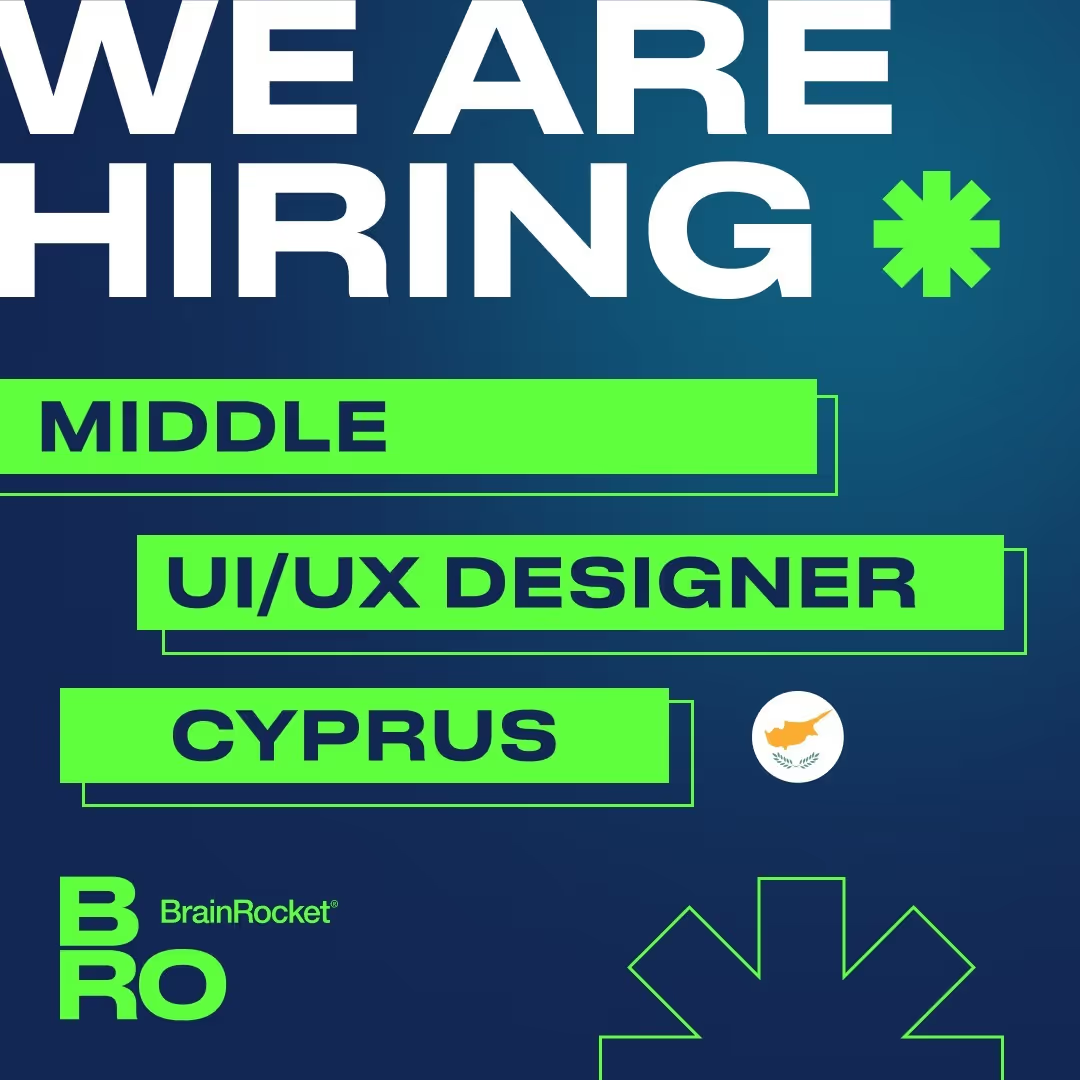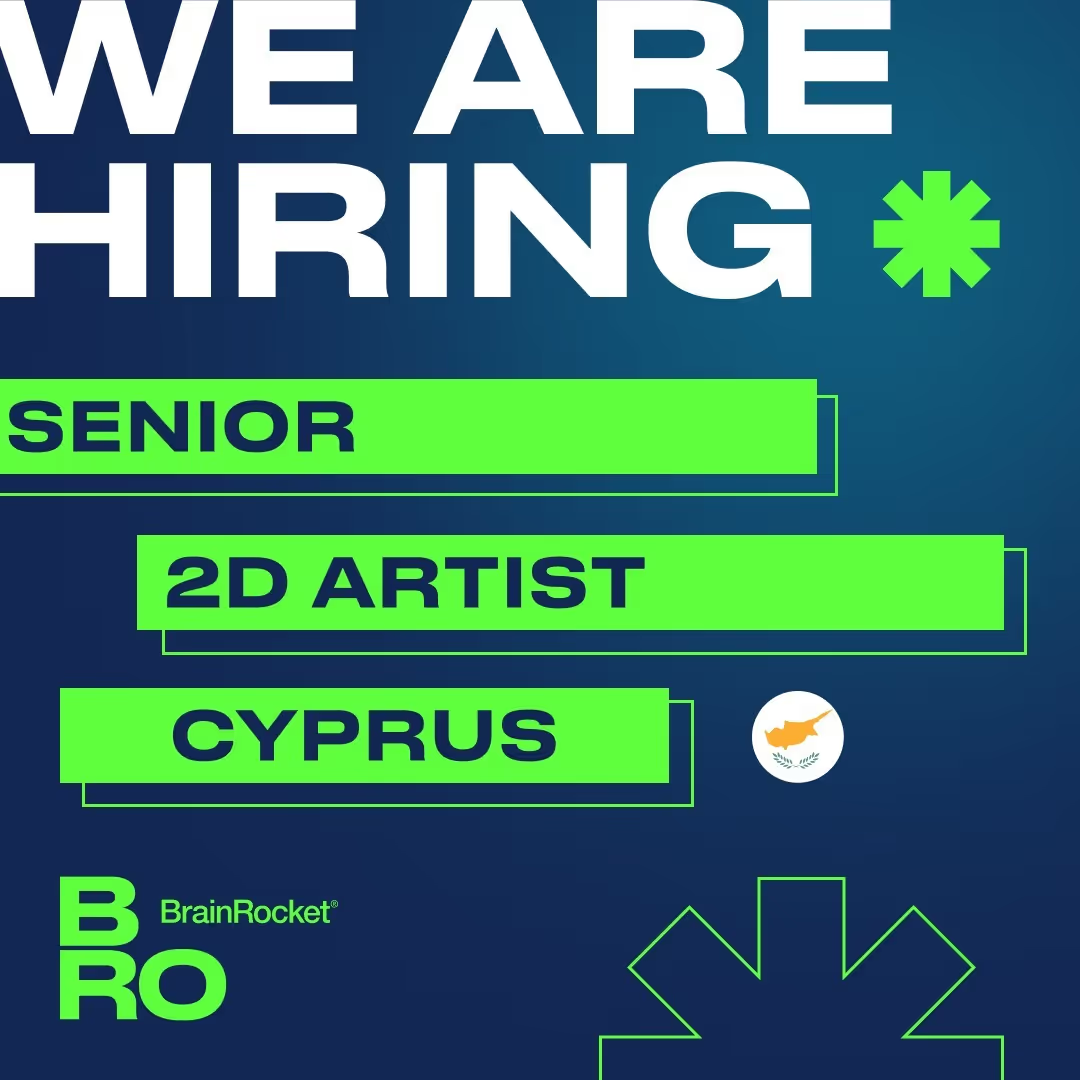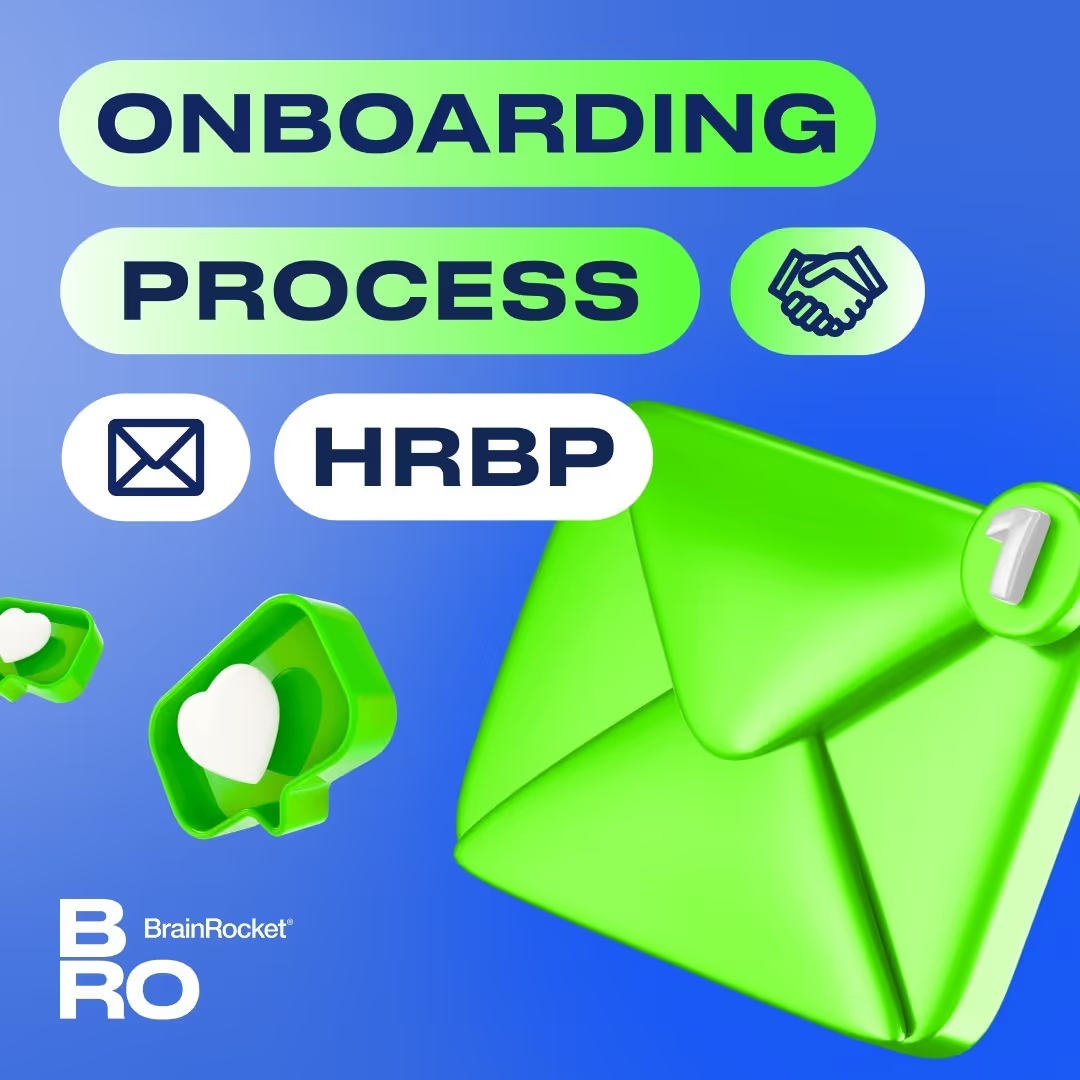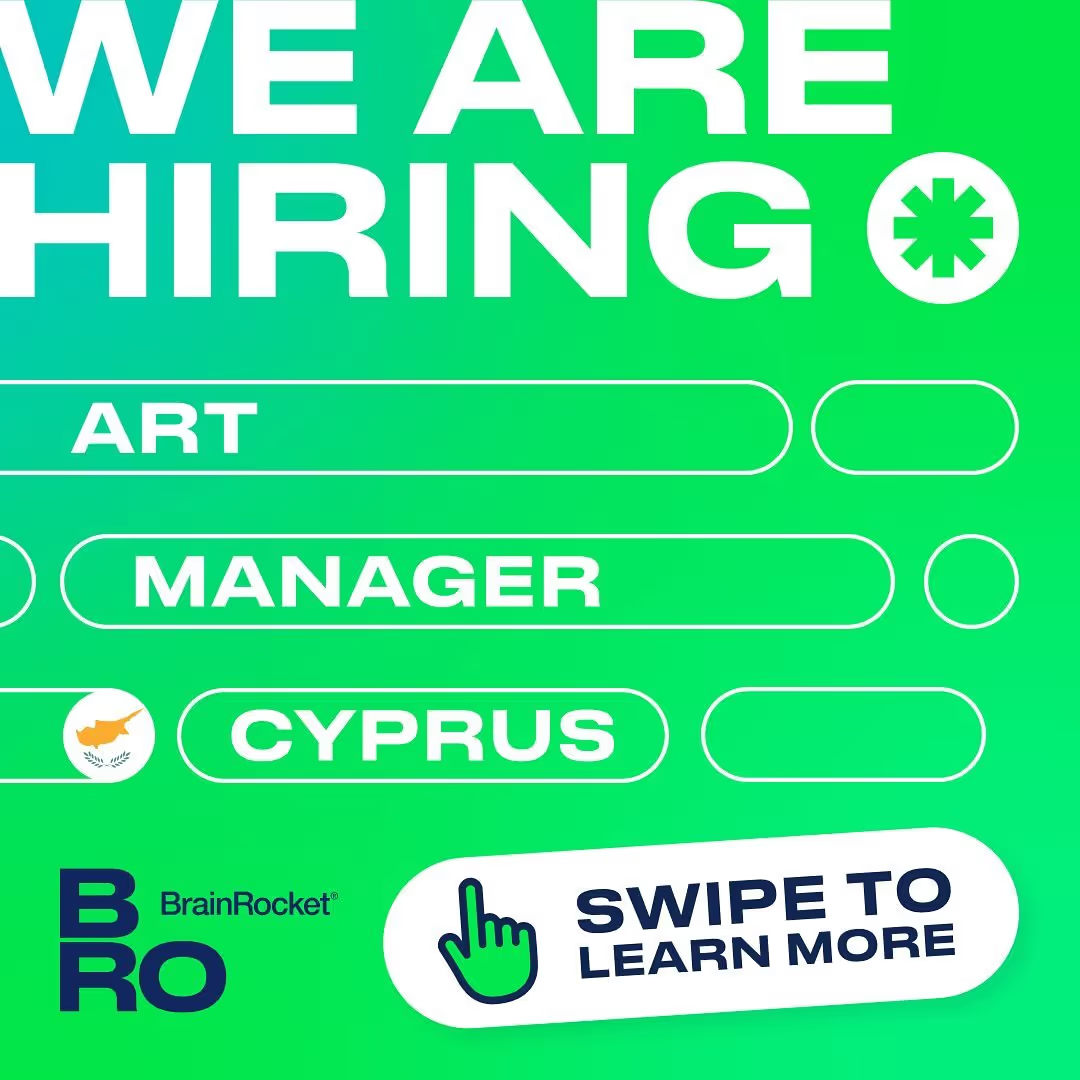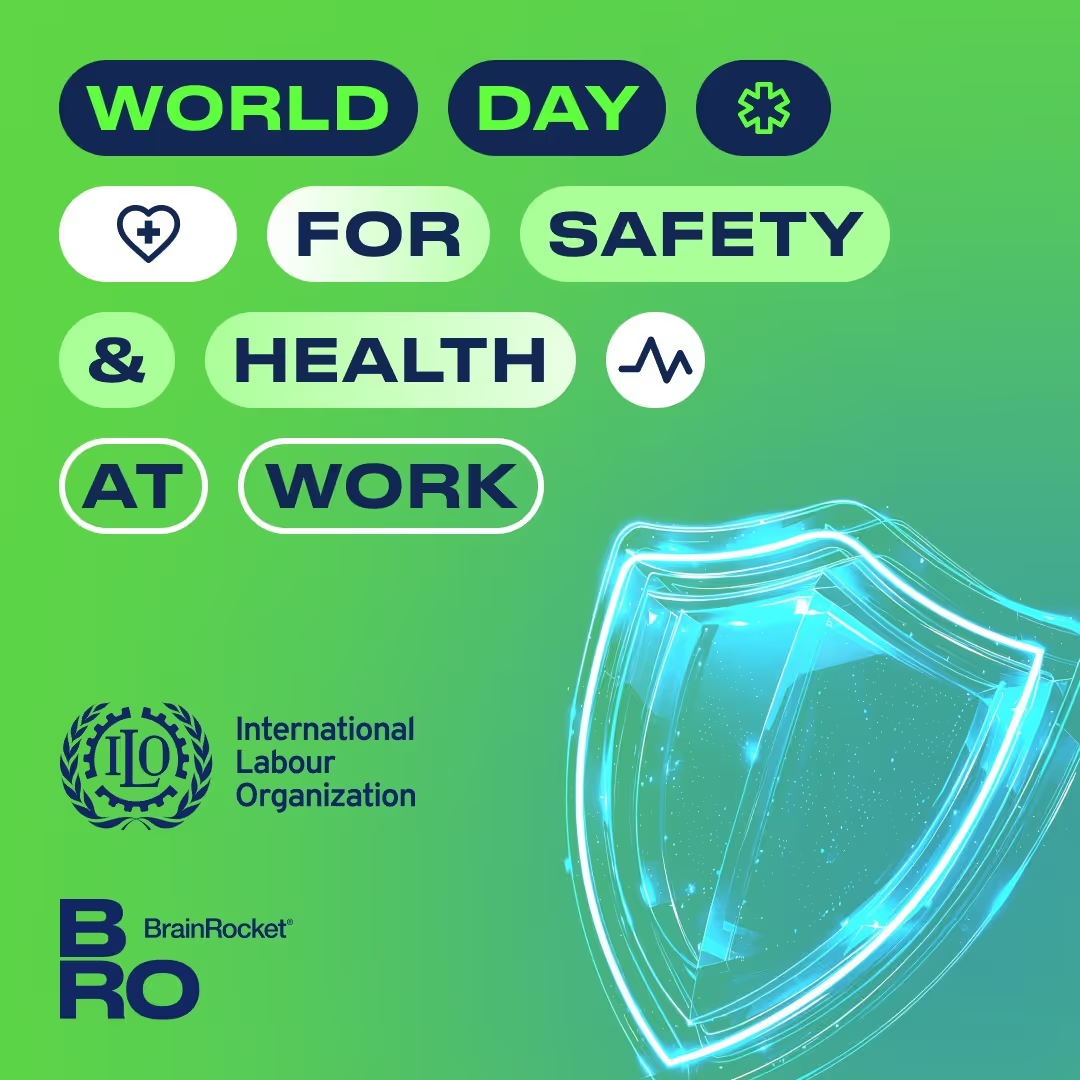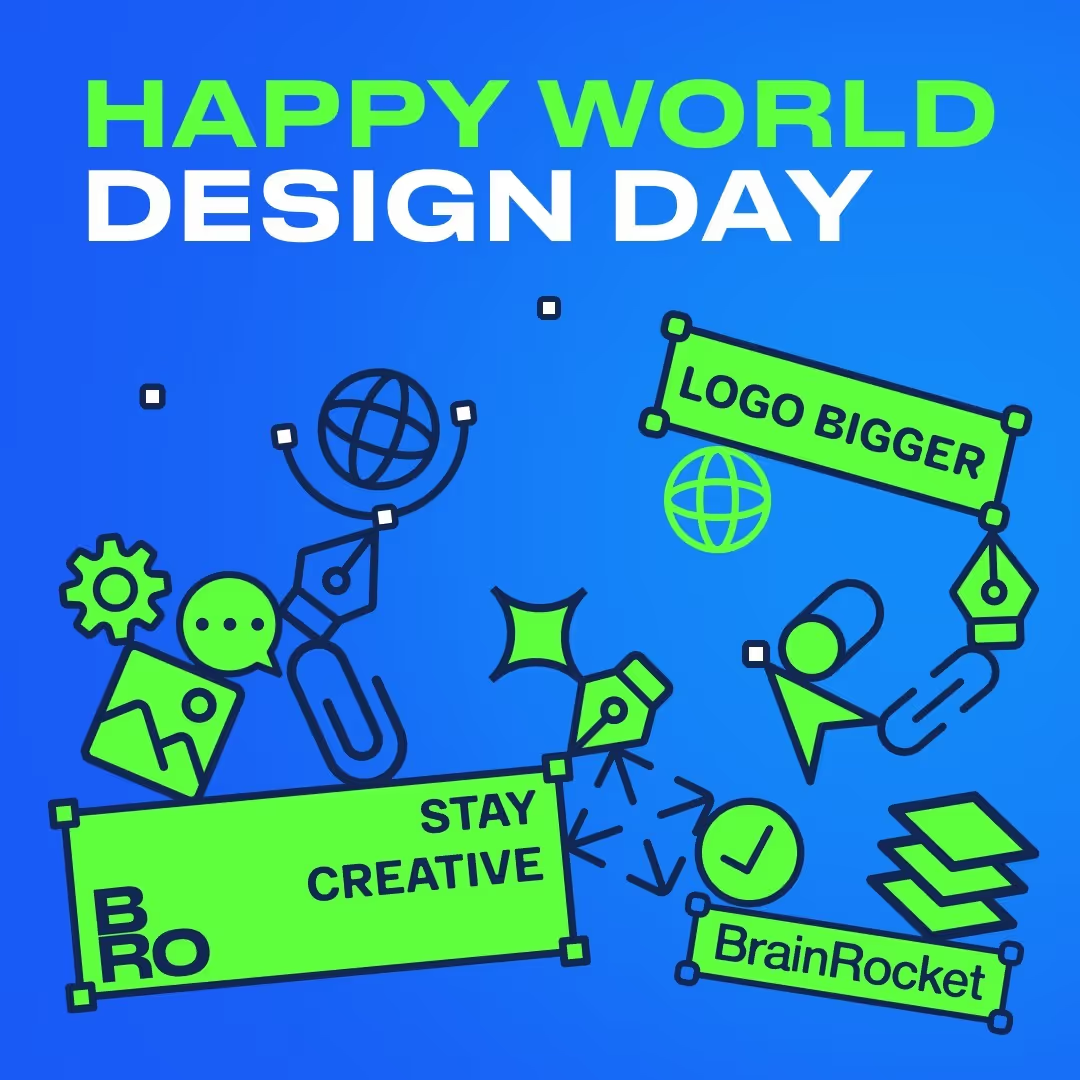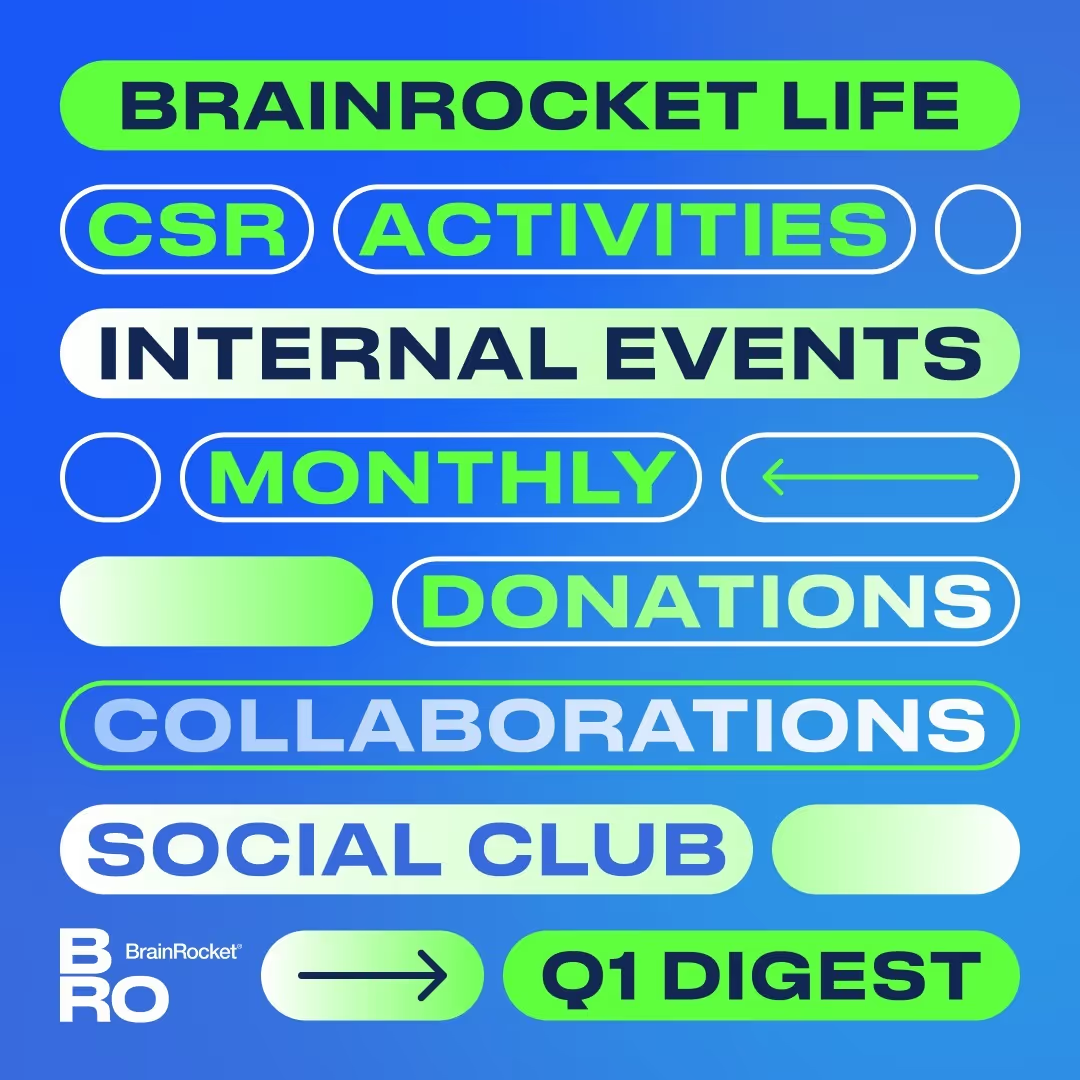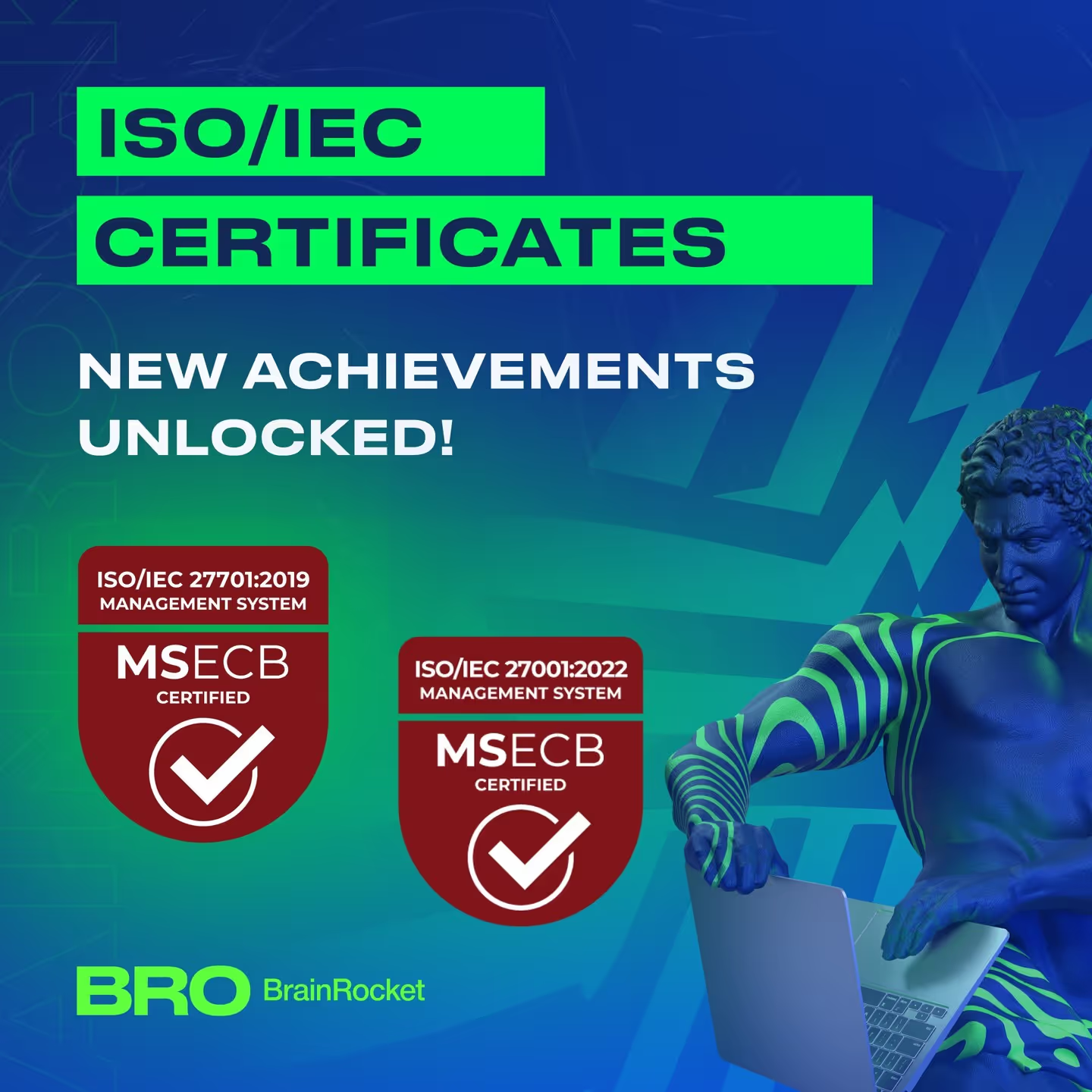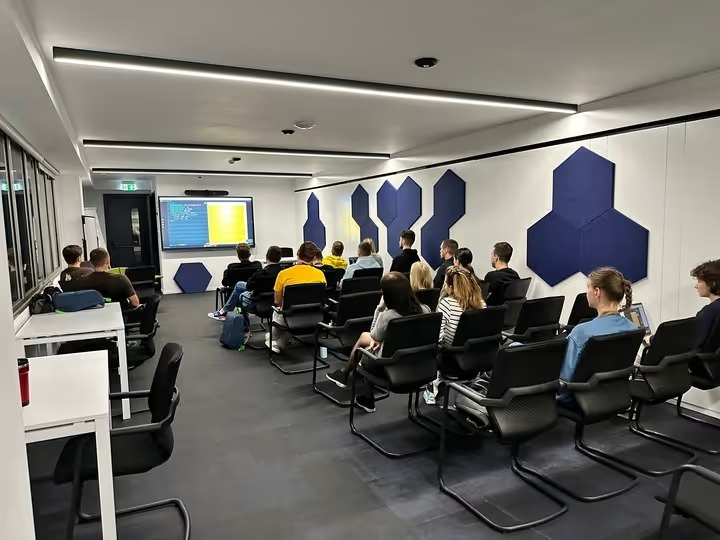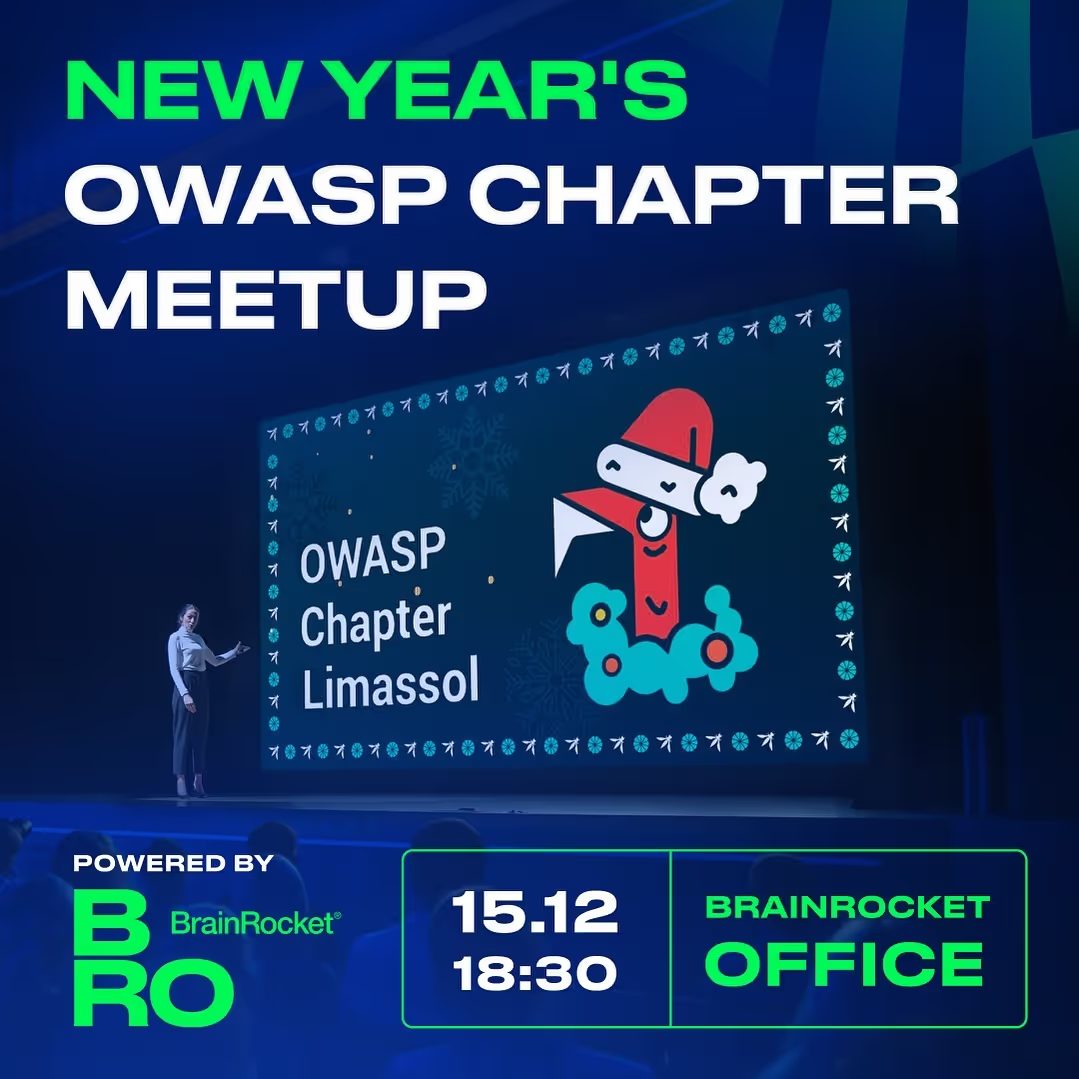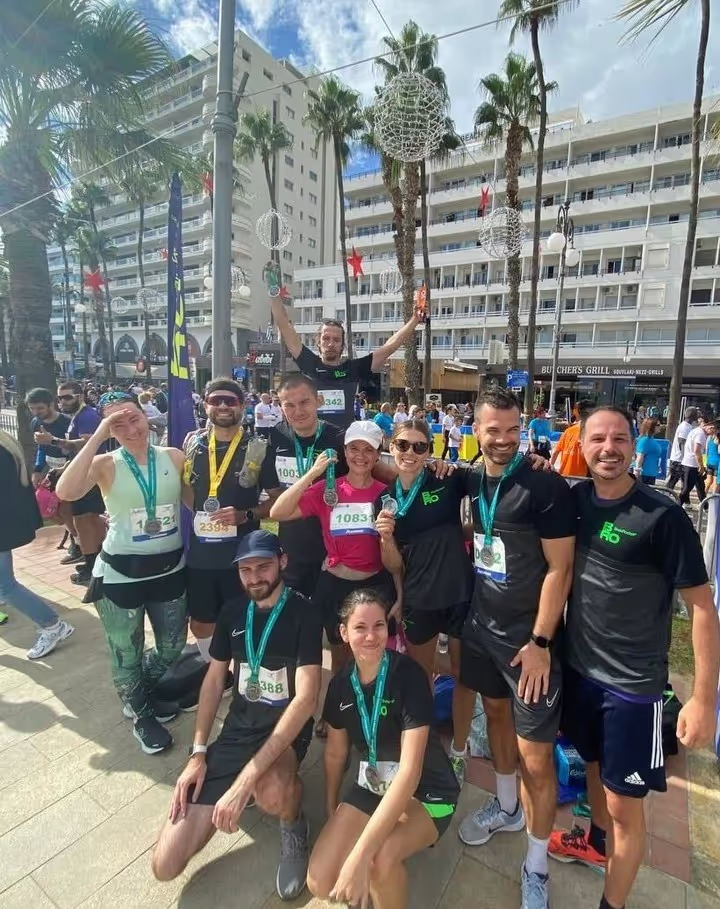Understanding the difference between Design Thinking and Design Sprints can be tricky for new and experienced designers alike. In this article, we will quickly break down each method (no more confusing terms, we swear!) and compare both concepts. Let us start with a definition of both.
Design Thinking is an approach to a business problem that places the users’ experience first, instead of thinking about a business problem solely from the businesses perspective. So when it comes to the process of developing products, experiences, and services, designers ask questions like; What are their challenges and struggles? What are they seeking? What do they want and need? This approach also promotes a focus on creating prototype products and testing products.
The Design Thinking process consists of step-by-step stages that lead you from defining the problem itself to finding the best possible solution to it:
- Empathize: In this phase, designers want to get a sense of what their current or prospective customers’ needs, challenges and wants are, to inspire their design.
- Define: After talking to users, designers are ready to define the most significant issues your users face that need solving.
- Ideate: In this phase, designers begin to brainstorm and think broadly of different ways they might answer the top user needs. However, while you might spend time coming up with “wild” ideas, they ultimately need to hone in on ideas or solutions that will work for users in the real world.
- Prototype: The next phase in the design thinking process is creating a prototype. This can be as abstract as some sketches or as real as a clickable prototype made in a digital program.
- Test: The prototype is shown to users and their unbiased feedback and honest reactions are collected. Through user testing and user interviews, you get to hear from real consumers. You can then use this feedback to change up your design to create an even better final product.
In contrast with Design Thinking, a Design Sprint (otherwise known as an Innovation Sprint) is a 5-day approach to actually tackling a business problem. The design sprint is derived from design thinking and offers a prescribed way to leverage the design thinking mindset. It is a tried-and-true formula, with clear plans and activities that a team can make use of in order to deliver a final product.
You begin the sprint with a team of 5-7 people from different departments in your company. During the sprint, your sprint team will select a target area to focus on and come up with a prototype using a series of activities. There is an entire Design Sprint Process which looks like this:
- Day 1: Create a plan - The first day’s activities help you define critical questions, your goal, and to pick an area of focus.
- Day 2: Sketch the solutions - This is meant to get everyone’s creative juices going and to create a rough draft of the product.
- Day 3: Decide on a prototype - The team looks at the potential solutions and works together to decide on a prototype of the product and what it should look like.
- Day 4: Create a prototype - The team creates a prototype which gives the first look and feel of the product.
- Day 5: Test - You show your prototype to at least five different users and you gather their first reactions and feedback on the product. This is generally the time where a team decides if they should move forward and make changes to the prototype or if they should scrap it and go a different direction.
What are the differences?
Design Thinking is more focused on understanding the user and thinking about how to create a solution based on their needs. The Design Sprint, on the other hand, focuses on actually delivering the product itself.
If you are looking for a framework to produce the maximum results within a reasonable time-range, then design sprint is the best tool to use. This can be used for any of the organization’s challenges, ranging from product-specific topics to the overall business strategy. In fact, at Brainrocket we use both methods all the time, and we use many different approaches, analyzing the best practices which produce the best results.













